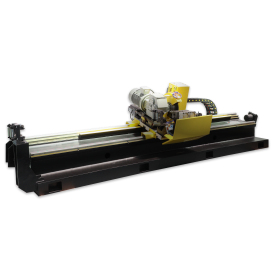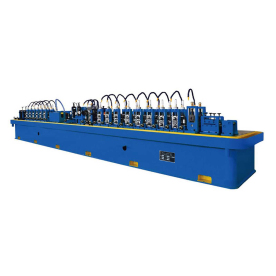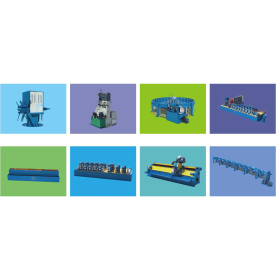[High-Speed Flying Saw Machine]Revolutionizing Precision Cutting: The Impact of High-Speed Flying Saw Machines on Modern Manufacturing Processes
News 2024-8-9
In the ever-evolving landscape of manufacturing and industrial processes, efficiency and precision are paramount. One of the standout innovations that have significantly altered the way materials are cut and shaped is the High-Speed Flying Saw Machine. This advanced technology has gained traction in various sectors, including metalworking, woodworking, and plastic fabrication, due to its ability to enhance productivity and reduce operational costs.

Revolutionizing Precision Cutting: The Impact of High-Speed Flying Saw Machines on Modern Manufacturing Processes

Revolutionizing Precision Cutting: The Impact of High-Speed Flying Saw Machines on Modern Manufacturing Processes
Moreover, the versatility of High-Speed Flying Saw Machines is a significant benefit in today’s diverse manufacturing environments. These machines can handle a wide range of materials, including metals like steel, aluminum, and copper, as well as composites and plastics. This adaptability makes them a vital tool in sectors such as automotive, aerospace, and construction, where different materials must be processed efficiently and accurately.
Energy efficiency is another critical aspect where High-Speed Flying Saw Machines excel. Due to their fast cutting capabilities and design optimization, these machines consume significantly less power compared to traditional saws that operate at slower speeds. This reduction in energy consumption not only translates to cost savings for manufacturers but also contributes to a more sustainable manufacturing operation. As businesses strive to meet environmental regulations and minimize their carbon footprint, the adoption of energy-efficient technologies like flying saws can be a game-changer.

Revolutionizing Precision Cutting: The Impact of High-Speed Flying Saw Machines on Modern Manufacturing Processes
In addition to the practical benefits, the adoption of High-Speed Flying Saw Machines can positively impact a company’s bottom line. By reducing waste and improving production times, manufacturers can lower their overall operating costs. Moreover, the consistent quality of cuts leads to enhanced customer satisfaction and a stronger reputation in the market, factors that can result in increased sales and long-term business growth.
However, the transition to High-Speed Flying Saw Machines is not without its challenges. Implementing such advanced technology requires a significant upfront investment, not only in the machines themselves but also in training personnel and integrating these systems into existing workflows. Manufacturers must weigh the initial costs against the long-term benefits and consider a phased approach to implementation, gradually integrating flying saw technology alongside traditional methods to ensure a smooth transition.
In conclusion, the High-Speed Flying Saw Machine represents a monumental leap in cutting technology that is reshaping the manufacturing landscape. With its ability to deliver unmatched speed, precision, energy efficiency, and versatility, it has become an indispensable asset for modern manufacturers. As industries continue to evolve and demand higher standards of quality and efficiency, the role of High-Speed Flying Saw Machines will only expand, driving innovation and growth in sectors worldwide. Embracing this technology is not just an option for manufacturers but a necessity for succeeding in today’s competitive environment.
